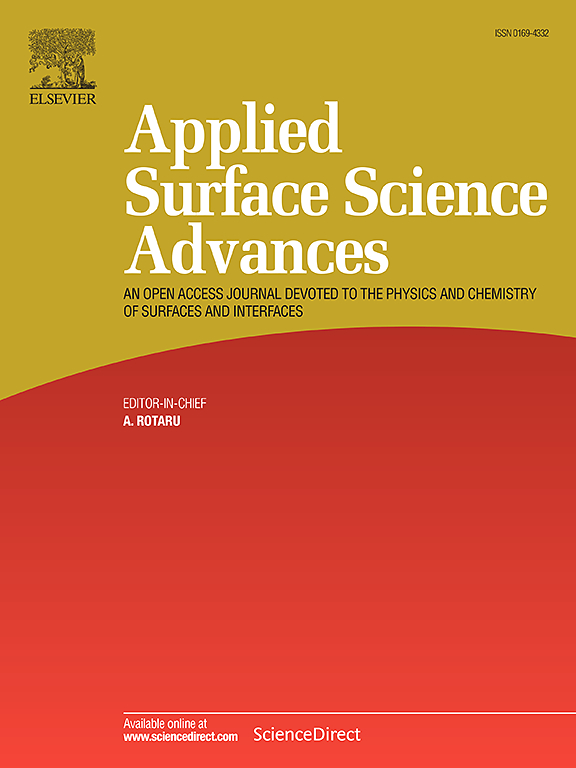The effect of diffusivity on the thermal transport of colloidal nanocrystal superlattices and nanofluids
IF 8.7
Q1 CHEMISTRY, PHYSICAL
引用次数: 0
Abstract
Nanocrystals (NCs) integrated into a matrix can form an NC-based composite. The diffusivity of NCs significantly influences the thermal transport properties of these composites, yet its effects remain inadequately studied. This study investigates typical nanofluids and colloidal NC superlattices found in NC-based composites. By varying the diffusivity of NCs over eight orders of magnitude, we analyzed its impact using the Green-Kubo equilibrium molecular dynamics (GK-EMD) method. Our findings indicate that when the diffusivity exceeds 10−5 Å2/ps, it artificially inflates the calculated thermal conductivity (TC) up to 60,000%, requiring a modification to the heat flux formulation to correct. Conversely, when diffusivity is below 10−5 Å2/ps, it amplifies the fluctuations in the heat flux, leading to greater uncertainty in the results, which can be mitigated using the same heat flux modification. Based on the precise TC results for the two NC-based composites, we demonstrate that the vibrational mismatch between the two fluid layers closest to the NC surface, rather than between the NC surface and the fluid, governs the TC of the nanofluid. Although the diffusivity of NCs in the colloidal NC superlattice increases with temperature, it contributes less than 10% to the total TC at 400 K. Moreover, no evidence was found of collective vibrational modes contributing to thermal transport at low temperatures, contrary to a previous study [Materials Today Physics 22 (2022) 100601]. This discrepancy arises from the differences in heat flux calculation methods.
扩散系数对胶体纳米晶超晶格和纳米流体热传递的影响
纳米晶体(NCs)集成到基体中可以形成纳米基复合材料。纳米碳的扩散率对复合材料的热输运性能有显著影响,但其影响尚未得到充分的研究。研究了纳米基复合材料中典型的纳米流体和胶体纳米超晶格。通过改变nc的扩散率超过8个数量级,我们使用Green-Kubo平衡分子动力学(GK-EMD)方法分析了其影响。我们的研究结果表明,当扩散系数超过10−5 Å2/ps时,它人为地使计算的导热系数(TC)膨胀到60000%,需要对热流密度公式进行修正。相反,当扩散系数低于10−5 Å2/ps时,它放大了热流的波动,导致结果的不确定性更大,可以使用相同的热流修正来减轻这种不确定性。基于两种纳米复合材料的精确TC结果,我们证明了最接近NC表面的两个流体层之间的振动不匹配,而不是NC表面与流体之间的振动不匹配,控制了纳米流体的TC。胶体纳米超晶格中纳米粒子的扩散率随温度升高而升高,但在400k时,其对总TC的贡献小于10%。此外,没有证据表明集体振动模式有助于低温下的热输运,这与之前的研究相反[Materials Today Physics 22(2022) 100601]。这种差异是由热流密度计算方法的不同引起的。
本文章由计算机程序翻译,如有差异,请以英文原文为准。
求助全文
约1分钟内获得全文
求助全文

 求助内容:
求助内容: 应助结果提醒方式:
应助结果提醒方式:


